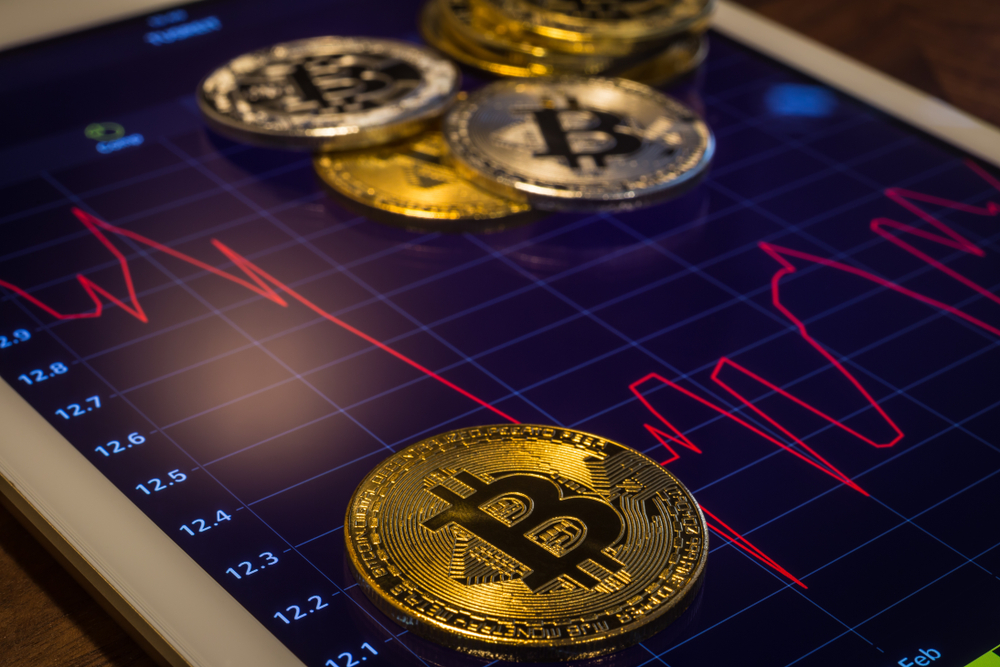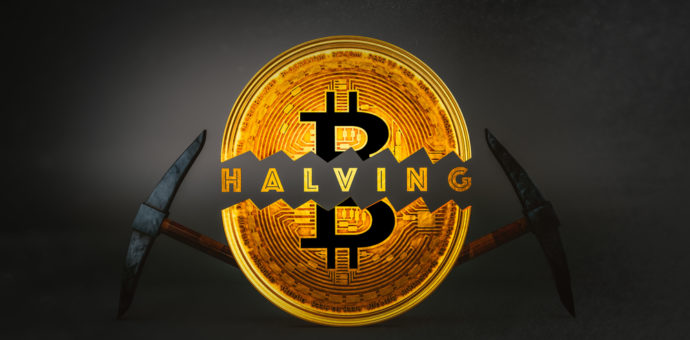Bitcoin halving occurred on May 11 and since then the cryptocurrency has valued about 11% in dollars until this publication deadline. Even though it was not a strong appreciation, the cryptocurrency behavior is within expectations in post-halving, according to experts. And for the most anxious their message is: the expected price increase is gradual and can occur 12 to 18 months after the event.
“The reduction in supply has changed the equilibrium price of this market. The effect, however, is medium-term. Speculative forces are still able to guide movements in the short term but tend to cancel out in the medium and long term, and economic fundamentals must prevail in order to reach a new level of prices. As seen at other times in the historical bitcoin series, this rearrangement does not occur overnight. We always talk about a window of 12 to 18 months in the post-halving so that we have the effects of the reduction of supply reflected in the price”, says the head of Research and Portfolio Management of Transfero Swiss, Carlos Russo.
According to him, the market responded in an expected way, delivering some of the gains that occurred pre-halving, resulting from the expectation with the event. However, it suffers from the effects of the crisis triggered by the coronavirus. “In the short term, the capital market in general has responded a lot to the uncertainty caused by the new coronavirus, and with bitcoin is no different because it is an asset of great liquidity that can be sold easily in times of stress.”, says the executive.
As a matter of fact, the halving too, would have been the main reason for bitcoin to recover faster after the fateful March 12, when markets around the world bled and investors needed to go after pools of liquidity, such as bitcoin.

Halving reduced the downtrends pressure on bitcoin
For the executive director of the Brazilian Association of Blockchain and Cryptocurrencies (ABCripto), Safiri Felix, the halving had the role of reducing some downtrend pressures on bitcoin.” Halving holds an important variable in the bitcoin model, which is the stock issuing of new currencies and has the effect of reducing the effects of marginal selling pressure on the market. That is, from the miners who need to discard their positions to bear the operating expenses. In this context, halving was what made bitcoin come back faster after the fall in the markets in March 2020, having been the asset that best responded to the initial coronavirus shock”, he says.
In this sense, even with the economic crisis caused by coronavirus, the leading cryptocurrency maintains its bullish trend in the medium and long term, he said. And it should also be considered the central banks’ measures to inject resources into economies. “The injection of liquidity by central banks is leading to a misrepresentation of the pricing of traditional assets such as stocks and bonds. This impacts the total capitalization of the market portfolio (representation of all global wealth). As bitcoin represents a fraction of this portfolio, in a scenario of growth of this sum, the BTC tends to benefit”, says Carlos Russo.
Russo also adds that a stagflation scenario can be very beneficial for the adoption of the currency, given its scarce nature. “In a scenario of stagflation, as experienced by Brazil in the 1980s and 1990s, investments in BTC would be a good insurance, as would the stock market. Unsurprisingly, a well-diversified investor is in a better position than a less diversified one. A portfolio that has its fair share in stocks, bitcoin and other assets that promote protection against inflation are welcome, especially when considering the imminent bankruptcy of the Brazilian state in the post-COVID”, says the executive.
Safiri, for his part, points out that despite the uncertainty about what bitcoin’s role will be in the post-pandemic, the trend remains bullish in the post-halving.”I continue betting on the thesis that there is room for a substantial high in bitcoin and I do not rule out the possibility of this happening this year, especially after September, when underlying tensions regarding the U.S. elections should be latent ”, he points out.
The ABCripto executive points out that other risk factors more related to the cryptocurrency market can hold the price of these assets. Among them is Tether risk, especially because the asset has an increasingly strong position in the market. Thus, a possible restriction on the use of stablecoins in China can have an impact on digital assets.
Post-halving correlated Bitcoin
Although it is seen as an uncorrelated asset, bitcoin has shown similar behavior to the stock market after the coronavirus and post-halving pandemic. This scenario is also linked to central bank measures to inject resources into economies.
Safiri Felix adds that the continuity of this correlation will depend in part on the outcome of the U.S. elections and the unfolding trade war with China and other political tensions that may arise from it. “If we are to take bitcoin into account against the real, the situation is simpler. The real is a fragile currency. For Brazilians, it has never been more important to consider allocating a share of the assets in bitcoin.”, he says.







